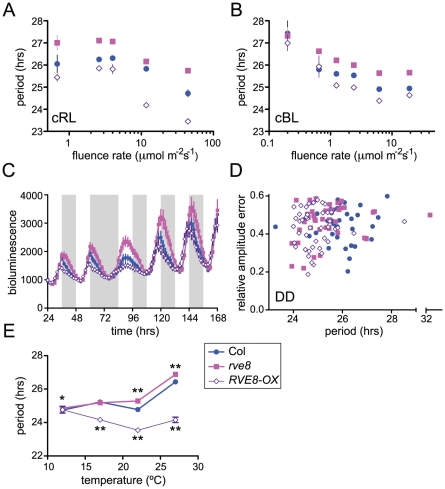Figure 7. RVE8 clock function is both light- and temperature-dependent.
Seedlings were entrained in 12 hr light:12 hr dark for 6 days at 22°C before being analyzed for CCR2::LUC activity in different environmental conditions. (A–B) Plants were transferred to constant red (A) or blue (B) light of the indicated fluence rates; average free-running period at each fluence rate, ± SEM is indicated. (C) Plants were maintained in the same light/dark regimen as during entrainment and then subjected to one long night before resumption of light/dark cycles. Average luciferase activity, ± SEM, is depicted. White bars represent times lights were on and grey bars times lights were off during imaging. (D) After entrainment, plants were transferred to continuous darkness. The average free-running periods were: Col = 25.87±0.14 hr; rve8-1 = 25.42±0.22 hr; RVE8-OX = 24.94±0.12 hr. The average period of RVE8-OX, but not rve8-1 plants, was significantly different from Col (p = 0.000002 and p = 0.10, respectively). (E) Seedlings were released to constant red light at the indicated temperatures; free-running period ± SEM is shown. (* indicates p<0.05; ** indicates p<0.001; Student's two-tail heteroscedastic t test used for all comparisons). These data are representative of at least two independent experiments. Note that in many cases the error bars are smaller than the symbols in the graphs.

